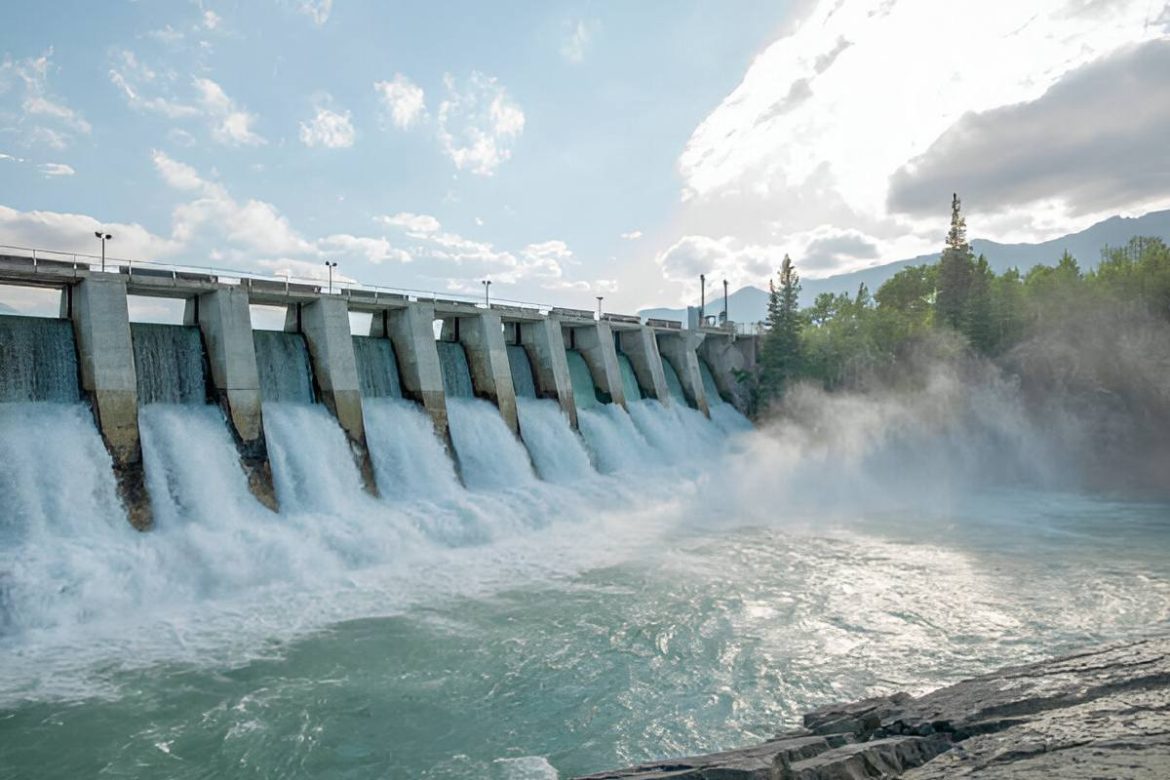Hydropower plants are marvels of engineering that rely on precise water flow control to generate electricity efficiently. Central to this operation are floodgates and reservoirs, which regulate the movement and storage of water. Proper management of these systems ensures consistent power generation and protects surrounding areas from flooding. Hydropower plants employ advanced technologies and strategies to maintain safety and efficiency, from controlling seasonal water levels to responding to emergencies. Let’s explore the key methods and tools used to manage floodgates and reservoirs effectively.
Table of Contents
The Role of Floodgates in Water Control
Floodgates are essential for managing the flow of water into and out of a hydropower plant. These gates can be adjusted to control water levels during periods of heavy rainfall or drought. By regulating the flow, floodgates ensure that the turbines receive optimal water to generate electricity without causing overflow or damage. Automated floodgate systems, often monitored in real-time, provide quick responses to changing weather conditions. This level of precision is crucial in maintaining both the efficiency of power generation and the safety of nearby communities.
Seasonal Reservoir Management
Reservoirs play a dual role in hydropower plants: they store water for electricity generation and help manage seasonal fluctuations. During rainy seasons, reservoirs are carefully monitored to prevent overflow and potential flooding. Conversely, in dry periods, they release stored water to maintain a steady power supply. Operators rely on weather forecasting and hydrological data to plan reservoir usage months in advance. This balance between storage and release ensures the plant can generate power year-round while also supporting agricultural and municipal water needs downstream.
Supporting Systems for Maintenance and Efficiency
Floodgates and reservoirs require regular maintenance to ensure smooth operation. This why supporting technologies are important. For example, air compressor systems are vital in operating pneumatic gates, which rely on compressed air for precise opening and closing. These systems also assist in maintaining clean turbine components by powering tools used for cleaning and repair. Hydropower plants that integrate reliable supporting systems can minimize downtime and maximize efficiency. While not always visible, these technologies play a critical role in maintaining operational consistency.
Emergency Response and Flood Prevention
One of the primary responsibilities of hydropower plants is to protect surrounding communities from flooding. Floodgates are a critical tool for this. They allow operators to quickly release excess water during heavy rains. Emergency protocols often include real-time monitoring of water levels and communication with local authorities. Advanced control systems can automatically adjust gate openings to reduce dam pressure, preventing catastrophic failures. By preparing for extreme weather conditions, hydropower plants safeguard their infrastructure and also protect the environment and nearby populations.
Sustainability in Water Management
Modern hydropower plants are increasingly focused on sustainable water management practices. By carefully controlling floodgates and reservoirs, they reduce environmental impact while maintaining efficient operations. Strategies such as maintaining minimum downstream flow levels help protect aquatic ecosystems. Additionally, renewable energy projects often integrate community needs, ensuring that local populations benefit from reliable water access. This emphasis on sustainability demonstrates the commitment of hydropower plants to balancing energy production with environmental stewardship, which is key to ensuring a greener future for all.


